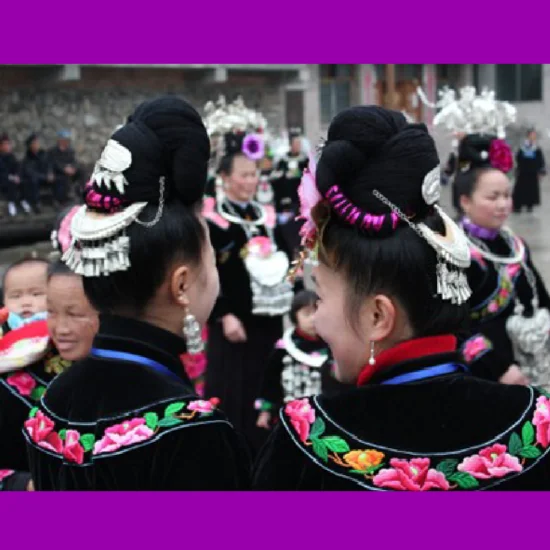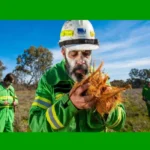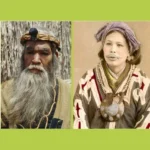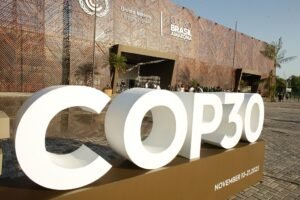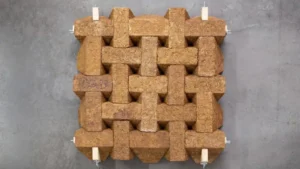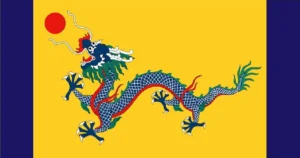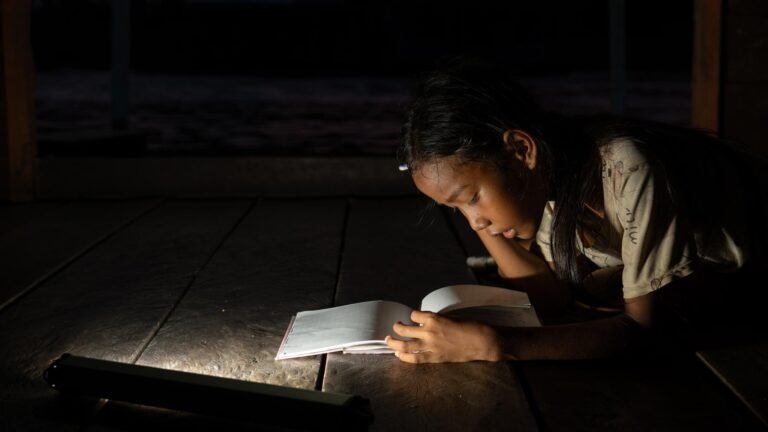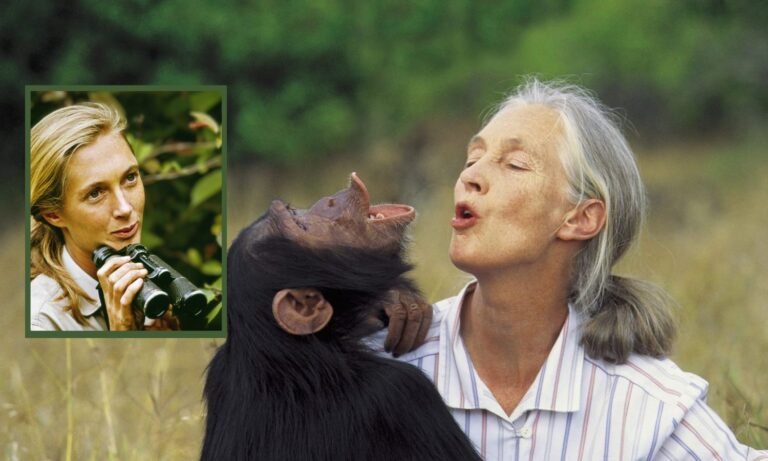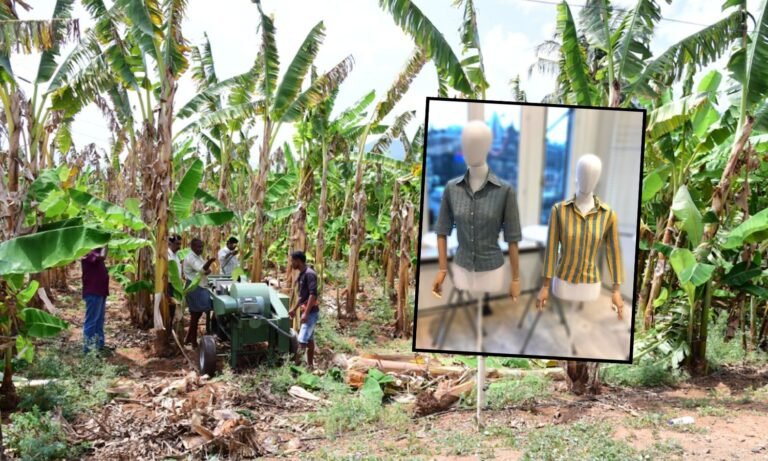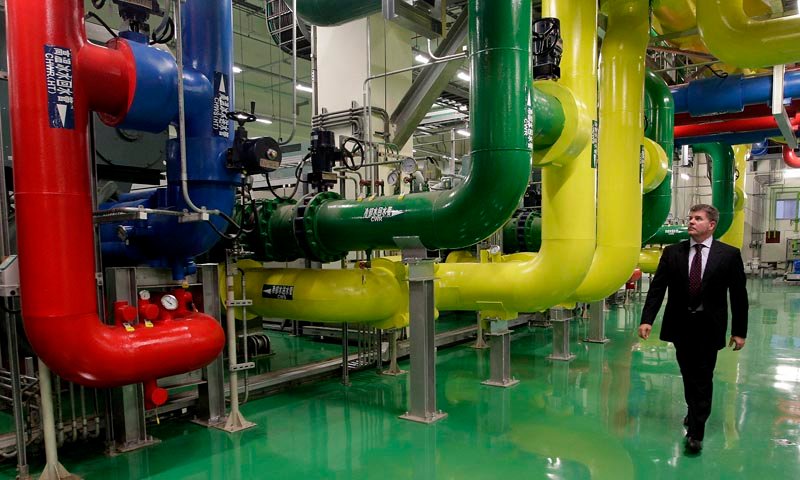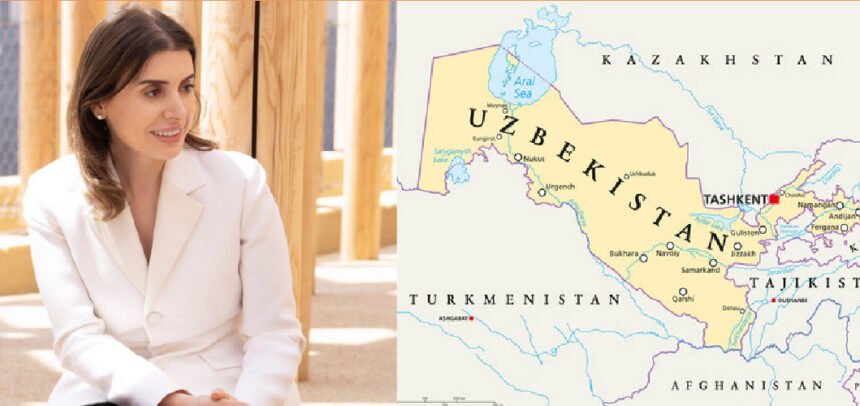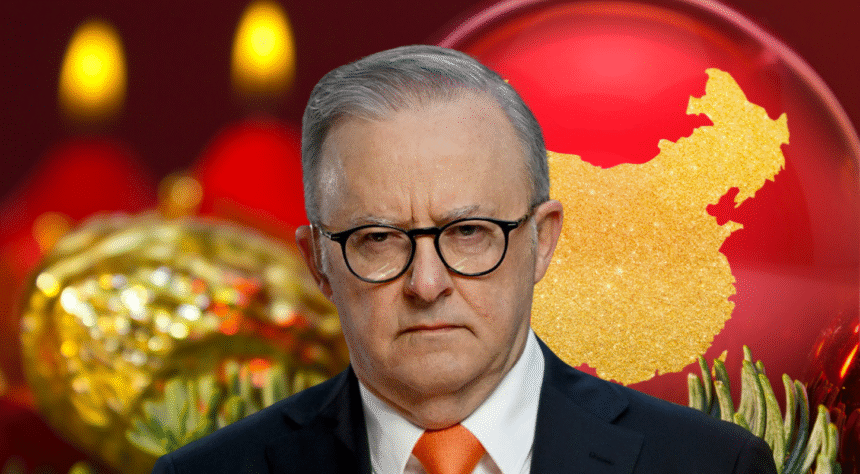The Miao people in China have developed sustainable agricultural practices that integrate traditional knowledge with modern techniques. The earliest written accounts show the Hmong living in China since 2700 B.C.
The Miao are thought to have originated from the Jiuli tribe, who lived in the Yellow River China over 5,000 years ago. They were forced into China’s Southern regions where they live today, including provinces like Guizhou, Yunnan, Sichuan, Hunan, Hubei, Guangxi, and Hainan. They are known for their rich cultural heritage and traditional farming practices, such as slash-and-burn agriculture
China officially recognizes 56 ethnic minority groups, in addition to the Han majority
In Guizhou Province, they have developed sustainable agricultural practices that integrate traditional knowledge with modern techniques.
The Miao people, also known as the Hmong, are an ethnic minority group primarily located in southern China, including Guizhou Province. As of recent estimates, the population of Miao people in China is around 9 million.
In Guizhou Province in China specifically, the Miao people are focused on subsistence farming rather than large-scale commercial agriculture. They grow crops such as rice, corn, and various vegetables for their own consumption and local markets.
While some Miao communities may engage in small-scale trade of agricultural products within their region, they generally do not export their agricultural produce on a large scale. The focus remains largely on meeting their own food needs and local market demands.

The Miao people refer to the terraces they create on land plateaus as “ladder fields” or “terraced fields”. These terraces are an ingenious method of farming on steep slopes, allowing the Miao to cultivate rice and other crops efficiently while preventing soil erosion.
They use crop rotation, organic fertilizers, and water conservation methods to maintain soil health and productivity. Despite their success, large-scale agricultural projects often overlook their expertise, favouring industrial farming methods that can harm the environment.
Employing innovative methods to conserve water and maintain soil health, their methods are based on use of Traditional Knowledge applying centuries-old knowledge about local weather patterns and soil conditions to manage water efficiently and protect their fields from drought or flooding.
- Terrace Farming:
- They construct terraces on steep slopes to reduce water runoff, prevent soil erosion, and retain moisture. These terraces also allow rainwater to be evenly distributed.
- Mulching:
- Organic materials like straw or leaves are spread on the soil surface to reduce evaporation, maintain soil moisture, and add organic matter as the mulch decomposes.
- Irrigation Channels and Water Storage:
- Simple irrigation systems, including small ditches and channels, are used to direct rainwater to their fields. Rainwater is often collected in ponds or storage tanks for use during dry periods.
Organic Fertilizers Used by the Miao People
Animal Manure: Livestock such as pigs, chickens, and cattle are common in Miao villages, and their manure is a primary source of organic fertilizer. Manure is often composted to enhance its nutrient content and reduce pathogens before application.
Green Manure: The Miao people use crop residues and cover crops (e.g., legumes) to enrich the soil. These are plowed back into the land to improve organic matter content.
Plant-Based Fertilizers: Weeds, crop by-products, and other plant materials are collected, decomposed, and used as compost.
Ash from Wood and Crop Residues: Ash is used as a natural fertilizer to supply potassium and other minerals to the soil, particularly for crops like corn and vegetables.

